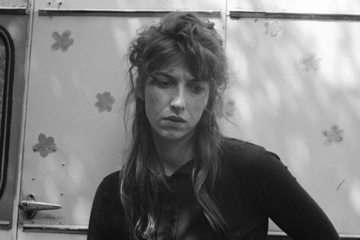Album Review: PJ Harvey - The Hope Six Demolition Project
"PJ Harvey has again made another important and challenging record."

It was difficult to know where Polly Jean Harvey would go to follow the remarkable Let England Shake. One answer: to a lot of challenging environments. Then setting herself up in another: making the recording of this album into an art installation, with the public observing the creative process through one-way glass.
While that was an almost voyeuristic detachment, Harvey's observations in song are anything but. In The Wheel, you feel she's really searching for those "I heard it was 28,000" missing Kosovan children as she watches a rusting playground merry-go-round whine and screech.
Like Let England Shake, it's often viscerally grim. But this album is rooted in the present, rather than the pain of past generations. The rough-hewn folk edges are sometimes shot through with electric noise. There's modern commentary, like The Community Of Hope's critical view of a neighbourhood's redevelopment — which may just be a bit of polite social engineering to shift the poor out. Photographer/filmmaker Seamus Murphy was with Harvey for much of her journeying and his visuals can be as unblinking as Harvey's songs, reinforcing their truth.
This is music as reportage: postcards of her own emotional responses, from disgust to despair, down to the reflections on an America perhaps in decline on Near The Memorials To Vietnam And Lincoln.
Don't miss a beat with our FREE daily newsletter
PJ Harvey has made another important and challenging record. If there's a quibble, it might be the wish that she'd look inward at herself again rather than just dwelling on the wider world's ills.







